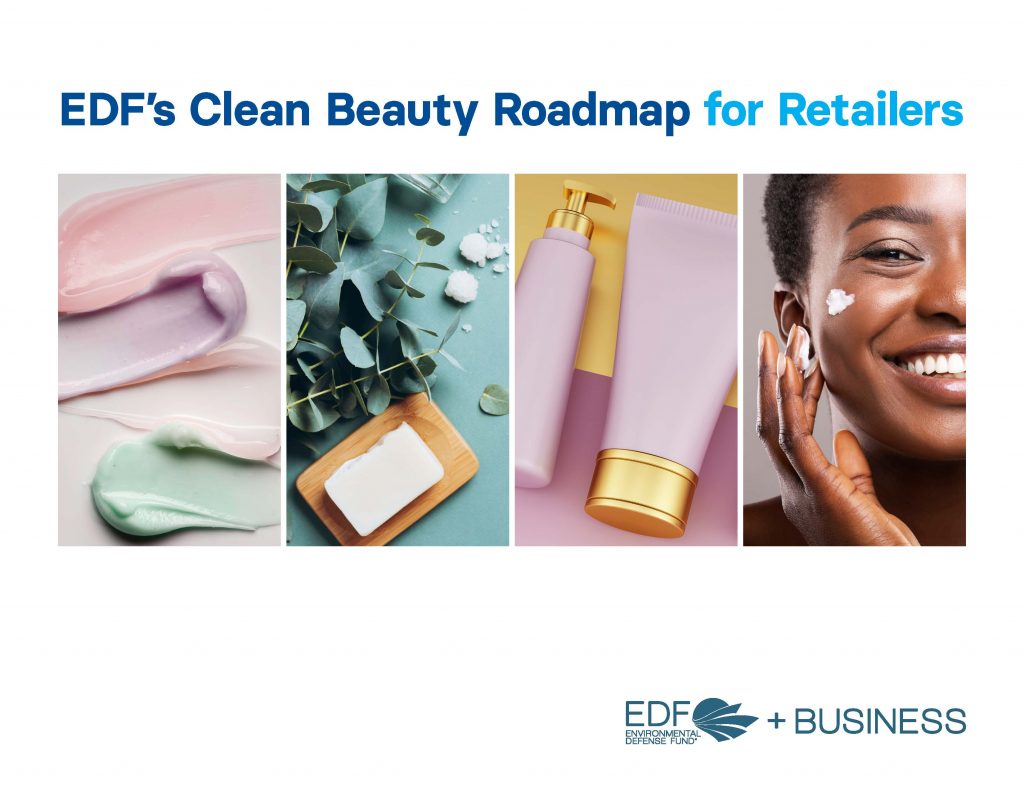Clean Beauty Roadmap for Retailers

The clean beauty industry has seen enormous growth, with projections estimating it will reach $11 billion by 2027. This growth is fueled by increasing concerns around the human health and environmental impact of beauty and personal care products. As a result, consumers are scrutinizing what’s in the products they put on their skin to avoid exposure to harmful chemicals.
The problem is, because the cosmetics industry has been underregulated for so long, there is no standard definition of “clean”. Companies that are entering the clean beauty market can, and are, using the term clean to mean a variety of things. This lack of uniformity is undermining consumer confidence in what products truly are safer.
A new framework gives brands and retailers that are either creating a clean beauty program, or strengthening already-existing “clean” shops and labels, the ground rules for executing a responsible and credible program, with a focus on ingredient safety.
Clean Beauty Roadmap for Retailers walks companies through the full scope of considerations for creating a strong clean beauty program – including establishing criteria for priority chemicals of concern and safer alternatives, setting ambitious goals and increasing transparency with suppliers, investors and customers.
“Clean” should be used to describe beauty and personal care products that are made with the safest possible ingredients and have the lowest possible environmental impacts that the market can offer today.

The path to “clean” leadership
The following steps guide companies that are starting clean beauty programs and those that want to strengthen existing programs.
1. Create clear, credible criteria for prioritizing chemical safety. Make a banned list and actively champion safer ingredients.
2. Commit to continuously challenging your business and your suppliers to offer the safest possible products and packaging for your customers. Your requirements should become more ambitious over time.
3. Ensure that clean products are available, accessible and affordable for all of your customers, regardless of race or income. Commit to addressing racial and economic inequities in the beauty market.
4. Require transparency from your suppliers regarding ingredient selection. Supply chain transparency and verification are necessary to be confident in your clean products.
5. Be transparent with your customers about your methodology and make it easier for them to find the clean product offerings on the shelf. Demonstrate that your commitment to clean isn’t a marketing gimmick, but rather real action toward driving a safer marketplace.6. Demonstrate the financial and reputational value of a clean product portfolio to key stakeholders. Build the credibility of your clean program by demonstrating its value to customers and investors.